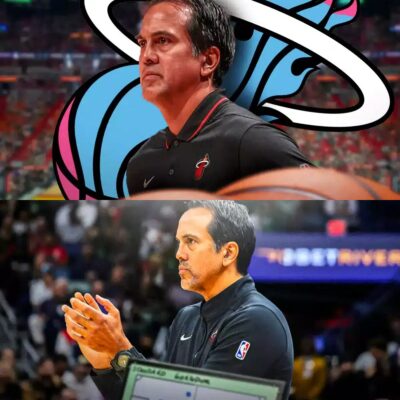Young, queer, and non-White tattoo artists are exploring how the artform can complement the body’s natural curves and colors.

For thousands of years, tattoos have allowed us to view the body as our canvas. Either as adornment or camouflage, they function as permanent reminders of the art that really matters to us. Someone’s tattoos can speak volumes about their experience, just as they can reveal so much about the artists who made them.
Perhaps unsurprisingly, many tattoo artists start off in other disciplines. Painters, illustrators, graphic designers, and printmakers often turn to tattooing as a more stable form of artistic labor that fosters deeper interpersonal connections. For that reason, young queer and non-White artists are exploring how the artform can complement the body’s natural curves and colors.
Carrie Metz-Caporusso’s “roll flowers,” for example, are designed specifically for plus-size and gender-nonconforming bodies. Metz-Caporusso believes these floral designs “highlight something that society said we should be ashamed of, drawing more attention to it, not disguising it.” Tiaret Mitchell’s “belly bloom” tattoos likewise adorn the midriff area with swirling vines, working against industry stigmas around fatness and skin disease.

“Sometimes people who have vitiligo or eczema can have different tonalities throughout their skin, which affects the tattooing process,” Mitchell told Hyperallergic. “You definitely have to learn color theory and how to tattoo different skin conditions, which I think intimidates a lot of artists. But if this is your desired profession, then you have to make it accessible to everyone.”
This sentiment is echoed by Maryland-based artist Chloe Griffin of The Skin Garden, who specializes in applying highly colorized ink to darker skin tones. Working in a “psychedelic-botanical” style, Griffin embeds suns, moons, frogs, and seraphim in bold shades of red, blue, and gray.
“I’ve had clients tell me about other shop artists claiming they simply couldn’t get color, which is so insane because I have seen wonderful color work on dark-skinned people, fresh and healed,” Griffin told Hyperallergic. “I’m trying to make sure each of my clients knows it is possible, and I want to offer the best service I can, because many others will not even try.”

Beyond adornment, a tattoo can also make a statement. Lines of text overlap with thick linework in Caleb Blansett’s Pretty Skin Stickers, resulting in a poetic body language that hints at our impermanence. Blansett claims that every part of the tattoo process is connected to the “creation of self.”
“Tattoos can be markers of experience that boldly tell the world ‘I was stronger than this moment,’” Blansett told Hyperallergic. “Every aspect of a tattoo is a moment of identity-building — who you go to, what you get, where you put it, how you choose to display it, what you put around it, how you treat it as it ages. Everything from the brutal black project to ritualistic, trauma-informed handpoke is valid.”

This aligns with what self-taught artist Tamara Santibañez describes as the “liberation work” of tattooing. Broadening our definition of the artform, they claim, can transcend politically enforced personal boundaries. “A tattoo can be a coping strategy, a manifesto, a bold declaration,” Santibañez writes in their book Could This Be Magic? (2021). “Tattoos are armor. Being able to access these types of expression can make us feel more free as individuals, and affirms the values that bring us into ourselves.”
For Brooklyn-based artist Zachary Robinson Bailey, individual words can tell a story all on their own. Bailey’s blurry text pieces turn simple concepts such as “romance” or “softness” into buzzing ruminations. Bailey told Hyperallergic that the theme of impossibility connects all aspects of their work.
“I think of tattooing as a transformative practice,” they said. “Especially for queer folks, having the chance to change your body in a visible way is very grounding and allows many of us to feel more at home in our bodies.”


Contemporary tattoo artists believe in a future that reflects their experiences. For Philadelphia artist Elle K. Yancy, an apprentice at the queer-owned shop i Am Art, this means applying lessons from art school and her upbringing in Liberia. Statuesque African busts grow monstera and philodendron leaves, with dimensional shading reflecting her training as a portrait painter. Rather than a mere transaction, Yancy claims tattooing is an inherently radical act of self-love.
“People rarely get tattooed for a negative reason; it’s often to make them feel good,” Yancy told Hyperallergic. “I think that really says it all — tattooing is body positivity.”












